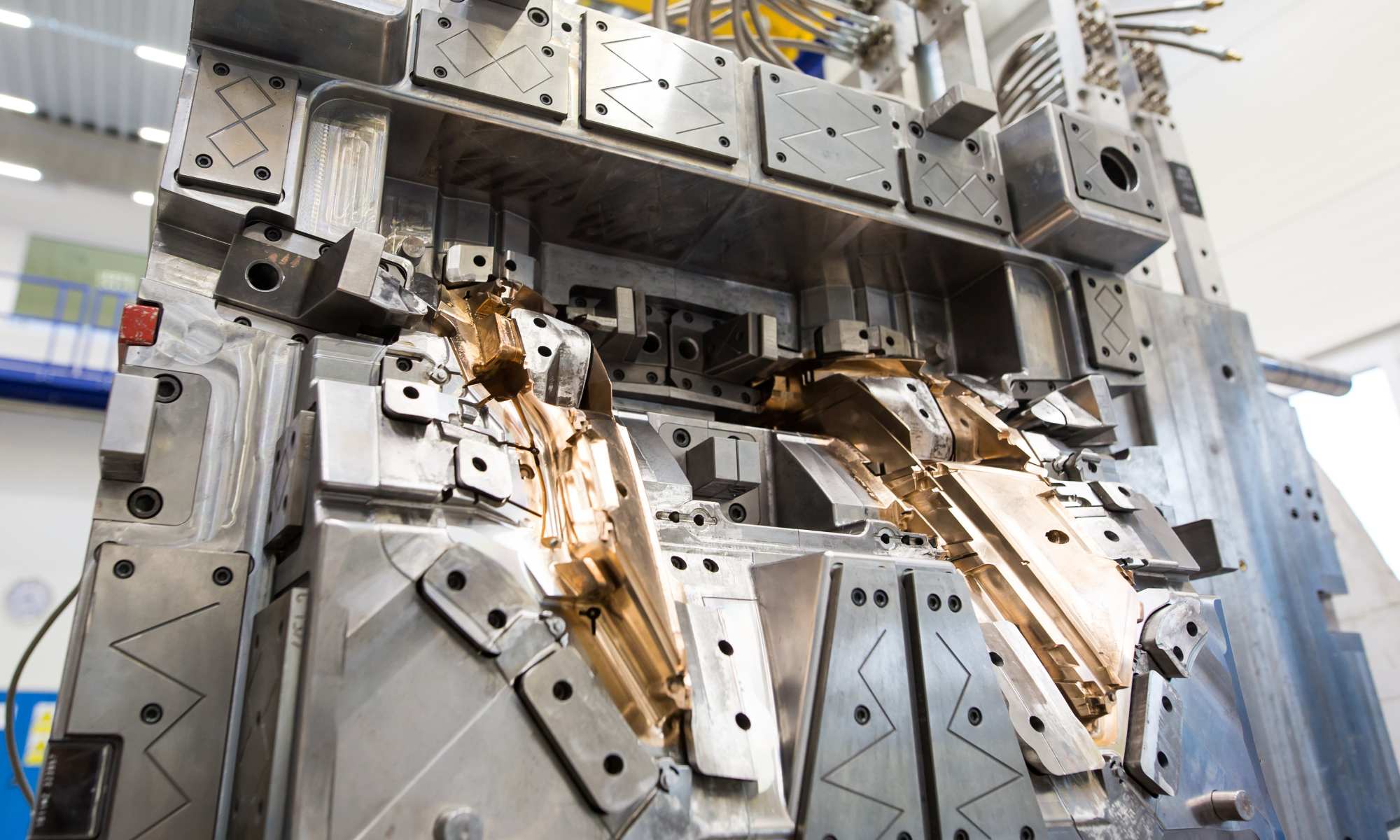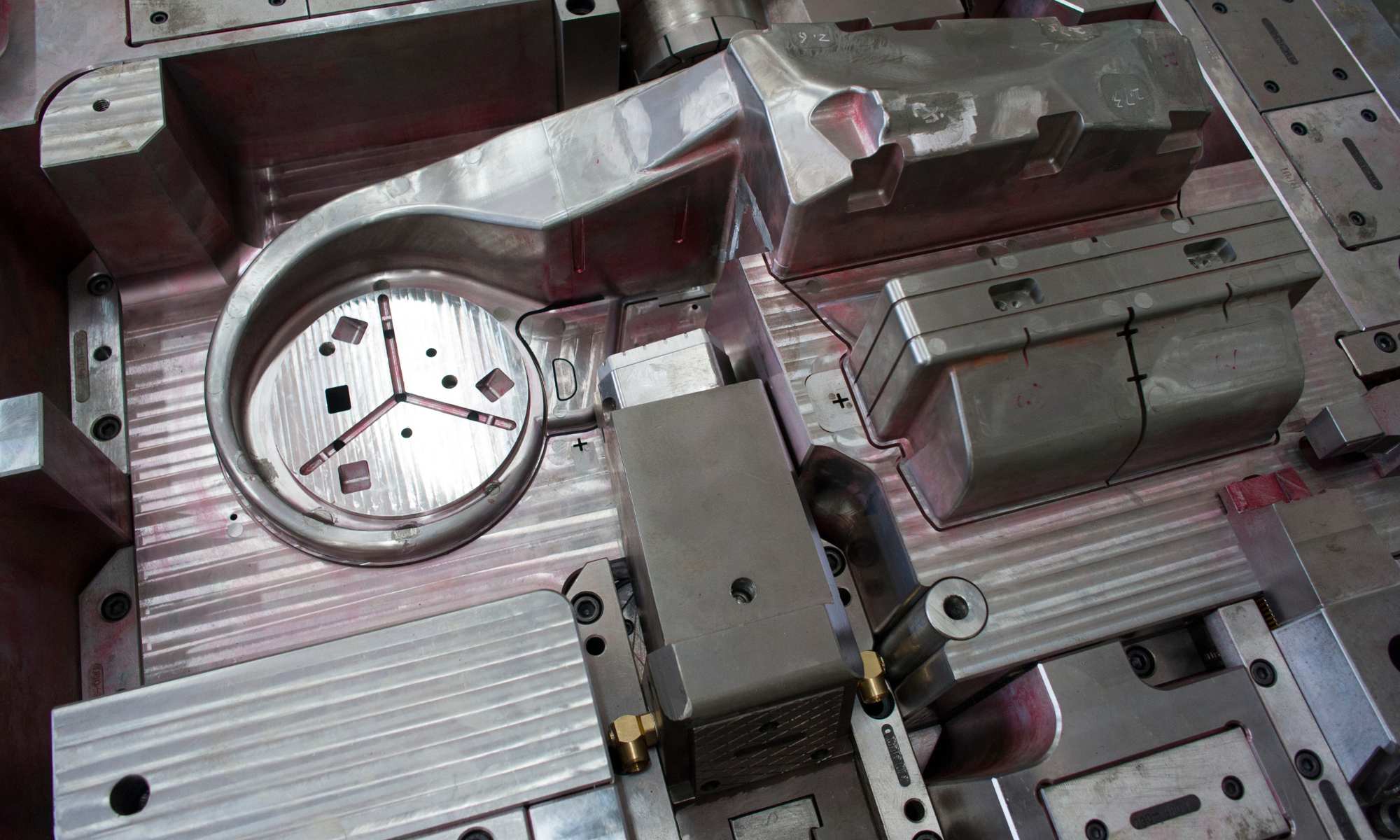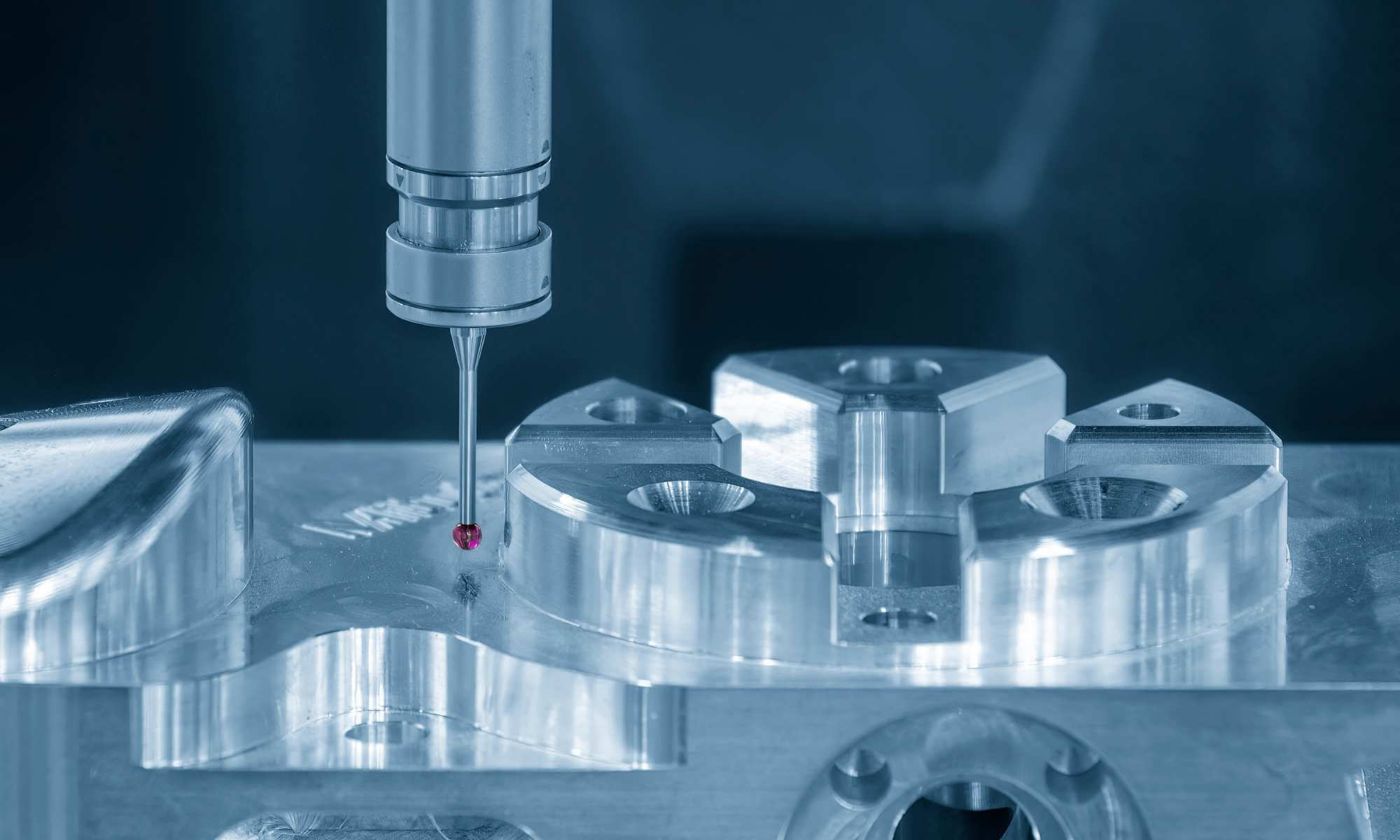The high pressure used to push liquid metal into a mold chamber is one of the most important parts of die casting. The mold hole is made from two hardened tool steel dies that have been machined into the right shape and work like an injection mold.
One type of die casting is zinc die casting. This article will talk about what it is, how it’s used, the different kinds, zinc die casting alloys, and other things that are connected.

How do you do metal die-casting?
Zinc die-casting is the process of pouring liquid zinc into a steel die cavity that is exactly the right size, shape, and length for the part or component that is being made. The final object made from cast zinc has the same physical and mechanical properties as zinc. Zinc metals used in zinc casting are very valuable because they are easy to shape, have a low melting point, and are strong when hit.
Zinc has a low melting point, which means that not much heat is needed to make it. Before the casting process starts, die sets are cleaned and oiled very well. There are different kinds of zinc alloys, like zinc copper, zinc aluminum, and different kinds of zamaks. Most of the time, zamak 3 is used because it is stable in terms of size and has good physical and mechanical properties.
Zinc is a very common metal that is also the easiest to make. It is silvery white with a hint of blue, breaks easily, and turns black when exposed to air. To get the right mechanical traits and die-casting qualities, zinc die-casting alloys are made up of 78% zinc and different amounts of tin, lead, aluminum, copper, and magnesium
Why do you need zinc to make something?
Zinc alloys used in die-casting are easier to make than other metal alloys because of the way they are made. Because of this, the end result is correct and lasts a long time. Zinc metal is great for die casting because it is very flexible. One way to use this to your advantage is to use high-pressure casting, which makes a product that can bend and stretch without breaking.
What zinc alloys are made of:
+ High levels of hardness and strength + Excellent thin wall capabilities + High levels of thermal and electrical conductivity + Complete recycling + Low cost of raw materials + High levels of stability and accuracy in measurements + The ability to cold form, which makes joining easier + Very good resistance to rust
A look at the different kinds of zinc die casting metals
The amount of magnesium, aluminum, iron, copper, and tin in zinc alloys that are used for zinc die casting changes and improves zinc’s qualities. Because each alloy has its own properties, the alloy that is used will depend on the ideal properties and traits of the item that is being made.
Companies that make zinc die casting usually offer a variety of zinc metals and a lot of information about them. The metal that is used depends on what the part is going to be used for.
There is a large group of metals called zinc alloys that are used for die casting, bonding, and coating.

Additionally, the metals that are used as alloys change based on the type and amount of metal that is mixed. Zinc alloys are put into groups based on what they are used for, how well they work, what they are made of, and how they are processed.
Zinc metals don’t conduct electricity, melt at high temperatures, don’t rust, and are very strong for their weight. Also, they don’t cost much. They are stronger than carbon steel, especially when it comes to shear strength. Zinc metals are great for computers and medical equipment that needs to hold weight and be structurally stable.
Zamak 2:
Due to its higher copper content, it is much stronger than older Zamak metals, though it might not last as long. Plus, it costs the most of all the zinc alloys.
Because Zamak 2 has good creep performance, it is mostly used for casting because it can handle the stress of the die-casting process.
Mazak 3
The most common zinc alloy material is Zamak 3. This is because it has the best mix of flexibility, impact strength, and general strength.
It also has the benefit of being easy to plate and having reliable finishing traits. It also makes the casting stable over time.
Zamak 5
It has a little more copper than Zamak 3. Because it has more copper, zamak 5 is more resistant to rust and stronger and harder. One bad thing about getting more copper in an alloy is that it loses some of its flexibility, making it harder to shape.
Zamak 7
This zinc metal can be bent the most. This is partly because it is more flexible and has less magnesium in it, which are things to think about when using this casting material.
By letting you cast smaller walls inside parts, it lets you focus on making more complicated ones.
Zinc die-casting materials are used to make parts and pieces.
Zinc is a good metal to use when you need to make complicated shapes with thin walls that conduct electricity well and block electromagnetic waves. In the casting process, where exact measurements and margins are needed, it works great. It is used more than any other metal in the world, except for iron, copper, and aluminum. A process called zinc die casting is used to make many industrial and building parts. The automotive business is where zinc is most often used. This is where the modern die-casting method came from.
Parts for cars
A very productive way to make things is through hot chamber zinc die casting, which is used to make parts for cars. This method saves time and materials while quickly making high-quality parts with very tight standards. When making cars, zinc die casting is better than aluminum die casting because it costs less to make and the tools last longer.

Medical Tools
Zinc casting is a good way to make medical tools because it protects patients, reduces the chance of mistakes, and meets clinical goals. Medical equipment needs to be germ-free, clean, and safe. It also needs to be able to handle being washed and disinfected many times without losing any of its abilities.
Electricity
Zinc die molds decrease vibration and protect against electromagnetic fields, two important jobs that must be done to keep electronic parts safe. Because zinc can be cast in many shapes, it can be made to fit the needs of any electrical purpose.
GC Precision Mould is one of the best China die casting manufacturers and injection mold makers. They are dedicated to making high-quality plastic molds, die casting molds, and a wide range of die cast parts. We focus on quality and work hard to meet the highest standards of accuracy and quality while giving our customers goods and services that can’t be beat.
If you want to get a plastic mold and a die cast all in one product assembly services in China, GC Precision model Co., Ltd is one of the best choices.